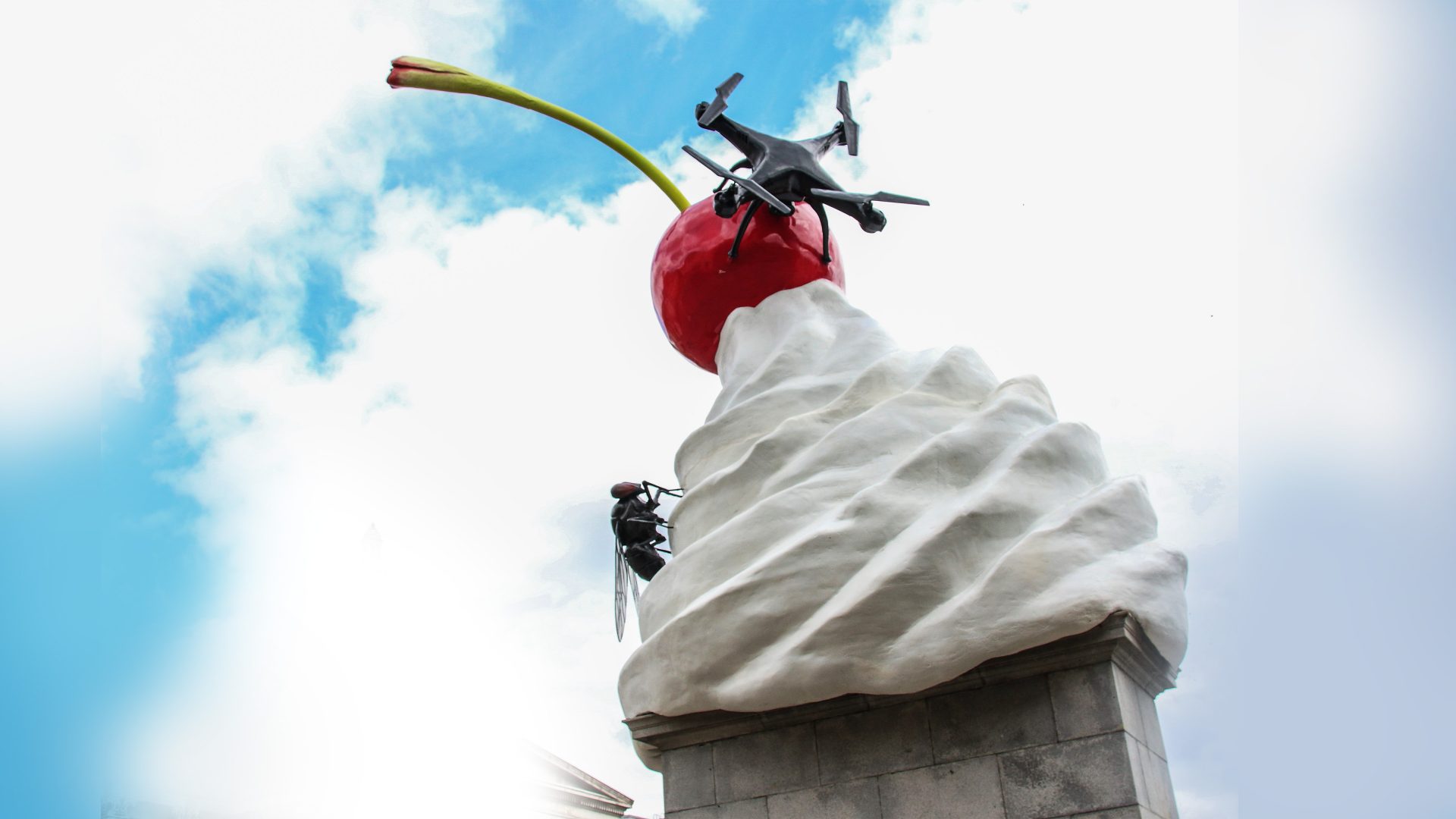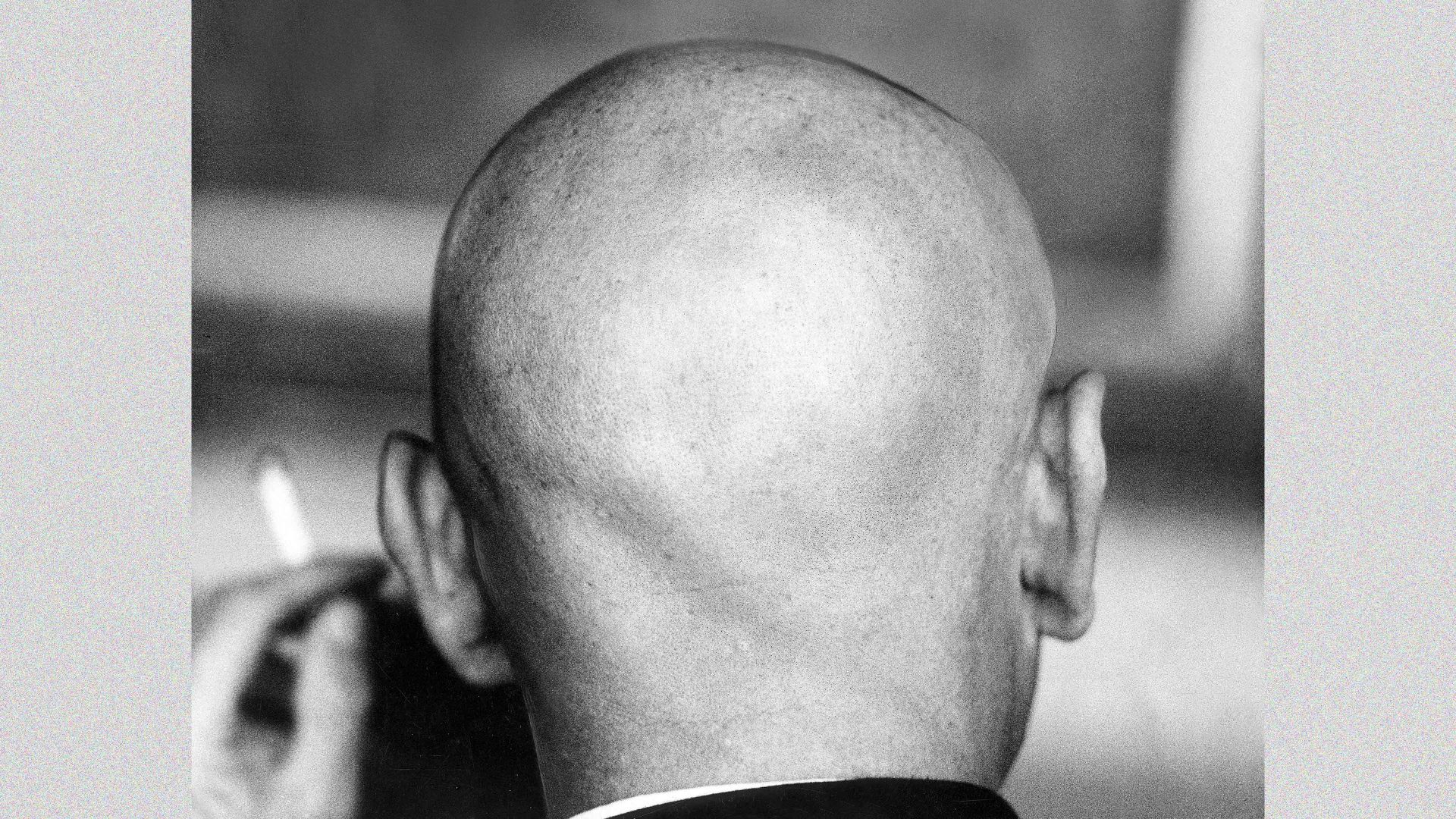To adapt the philistine adage so beloved of the Daily Mail-reading classes, “I may not know much about public art, but I know the vast majority of it sucks.” Of course, the second it’s set down like this I begin to think of
exceptions – but on reflection, they mostly prove the rule. It’s pretty obvious why it should be so bad: the pieces are usually commissioned by committees, and moreover are often inchoate – just a pitch document with a couple of visualisations – at the point when a decision is made.
All committees that award things – commissions, prizes, grants etc – have a tendency to regress to a mean: one member avows they’ll die on this hill – a second on that one; in the end they agree to swoon on a mound instead. Then there’s the log-rolling that infests committees the way dry rot does, um, logs. Most people who sit on committees do it for egotistic purposes, and ones comprising art functionaries are the most egotistic of all; for who are these gallerists, curators and administrators? For the most part deeply frustrated artists themselves, whose understanding of excellence has long-since been compromised by groupthink, and whose integrity is just another thing to be transacted.
Then there’s populism: the award of this much public visibility cannot risk any accusations of snobbery or elitism; all elements must be comprehensible and apprehensible by the lowest common denominator. The end result are the pieces that bedizen so many British town centres: ugly, often tokenistic or mere agitprop – and more often than not resembling nothing so much as hypertrophied gewgaws rather than artworks as properly understood.
A case in point is the fourth plinth in Trafalgar Square, which since 1999 has played host to a series of dismal artworks commissioned by committee. Who can forget Rachel Whiteread’s ennui-inducing Monument, a cast of the plinth in transparent resin then inverted and placed on the plinth itself? Or Thomas Schütte’s Model for a Hotel, which did, indeed, resemble a not particularly good architectural model for a hotel?
Antony Gormley, perhaps dreading the inevitable comparisons with the likes of Michelangelo, chose not to exhibit one of his signature casts of his own body, but rather threw the plinth open to so-called ordinary people, who could apply to stand on it for… a while. Perhaps the only sculpture that actually looked suitably monumental on the plinth, and squared the circle of the popular and the edgy, was Marc Quinn’s Alison Lapper Pregnant. Not that
the work involved that much artistry – being, like much of Quinn’s oeuvre, the result of computer-aided casting rather than any hand-carving.
But at least it made a strong statement about disability, while the albedo of the white marble ensured that throughout its stay on the plinth it was covered with roosting birds. Quinn – predictably – couldn’t find a buyer for a vast statue of a woman who’d been deformed by thalidomide, and for years it rested in a field near his then-parents-in-law’s country house.
Whether anyone has bought such massive fatuities as David Shrigley’s Really Good, a huge cartoonish bronze of a thumbs-up, or Yinka Shonibare’s Nelson’s Ship in a Bottle, which is indeed just that, I’ve no idea – but both bear ample evidence of how little contemporary conceptual art has to offer civic society. However, the absolute nadir of the fourth plinth has to’ve been the work before the current incumbent: Heather Phillipson’s The End, which featured a massive dollop of pseudo-ice cream topped with a cherry, a fly and a drone. Apparently, the drone was equipped with a camera that filmed passers-by, and there was a screen displaying these images attached to the plinth.
I never saw them, because I found the work too viscerally repugnant to get that close. I wish The End had been the end – but it wasn’t: now we have Samson Kambalu’s Antelope, a bronze restaging of a celebrated photograph of Pan-Africanist John Chilembwe and the missionary, John Chorley. This is 100% agitprop rather than artistry – and its successor, Teresa Margolles’s 850 Improntas, will probably be more of the same, being life masks of trans people ranged about the plinth, as if placed in a hecatomb by some particularly nasty transphobic people.
For years the on dit was that the plinth was being kept free for a permanent equestrian statue of the Queen to be erected once she died. Now the log-rollers are saying they’ll carry on – and they have bad works stacked up for the plinth well into the middle of the decade.
Frankly, it’s a measure of quite how dreadful their selections have been thus far, that even a fanatical anti-monarchist such as myself would rather see the crudest representation of our late sovereign than any more of this meretricious muck.



